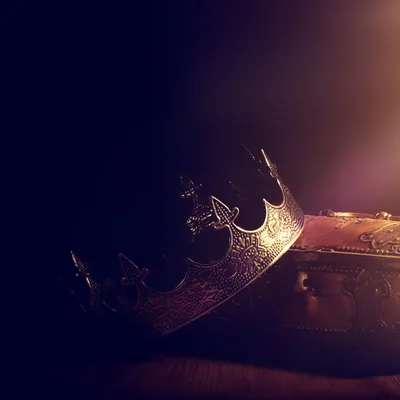Overview
Ket occupies the territory between the southern Yatil Mountains and the Barrier Peaks, serving as the gateway between the Western and Eastern Flanaess. The dense Bramblewood Forest fills more than half of Ket’s terrain, penetrated by a single main artery, the Irafa Road. This well-kept road is guarded by troops of the Ketite army stationed at eight permanent strongholds along its length. The forest road also serves as the border between the two major districts of the Bramblewood. The Tuflik river finds its source in Ket as well, flowing from the Banner Hills until it emerges from the cover of the Bramblewood and bends its way northward to Lopolla; the river then turns south until it passes the Tusman hills and into the plains beyond.
The northern and western portions of Ket are more civilized country, with tilled fields and many villages. The northern border includes part of the vast Yatil mountain range; much trade and occasional conflict takes place here with Perrenland. The copper mines of the Lower Yatils are the major source of wealth in eastern Ket. The west is open countryside until the Tusman hills are encountered, forming the ambiguous border with Tusmit. The native hill tribes of the Tusmans are stubbornly independent, serving as mercenaries for either or both nations at times.
Ket’s own military forces consist of strong infantry pikemen and crossbowmen, and well-respected medium cavalry; both are highly disciplined. The clergy of Ket is still integral to the military hierarchy, despite a loss of prestige in recent years. Every company has its own cleric, and Ketite soldiers are still expected to adhere to the devotions of the True Faith.
The Baklunish merchant clans are currently most influential in Ket. Their hierarchy is international, and while they are not opposed to warfare in general, any loss of Flanaess goods and markets is intolerable.
Crossroads of the Flanaess — Conquered by the Brazen Horde & Imperial Keoland
Ket has long been the crossroads between east and west, resulting in a mixture of peoples and traditions, but it is the Baklunish heritage that has remained dominant. Once a province of Zeif, centered around the city of Lopolla, this region came under the dominance of the nomadic Brazen Horde in the early 300s CY. The bey of Lopolla claimed these nomads as his allies and was allowed to remain in office, but the nomads conceded authority only to their great padishah. For the first half of the fourth century, the nomads plundered Ket, also using it as a secure haven from which to raid into Velunese territory.
Toward the middle of the fourth century, Ket was invaded by the forces of Keoland, which defeated the nomads with the help of mercenary companies of longbowmen from the Quaglands. The bey of Lopolla was driven out as well; he and his small army escaped into the rugged Banner Hills, where they organized a resistance. The resistance slowly grew under the discipline of the True Faith, despite the harsh living conditions in the hills, until the Keoish infidels were driven from Ket.
Ket — Shield of the True Faith
The Ketite leader, Arpad, became the first beygraf, ruling a truly independent nation. The mullahs of the True Faith were installed into the offices of administrative, judicial and military authority, under the leadership of the beygraf, whom they awarded the honorific “Shield of the True Faith.” In spiritual matters, they gave preeminence to the grand mufti of the Yatils, though the Ketite mullahs maintained their own hierarchy.
Through most of the fifth century CY, Ket was at peace with her neighbors, though border disputes with Bissel and skirmishing with the Paynims was not uncommon. The rising power of the archmage Iggwilv in the region caused the mullahs great concern, and the Ketites forged an alliance with the mountain dwarves of the lower Yatils in an effort to restrain her influence. The alliance proved successful, and even after Iggwilv’s demise there was considerable goodwill between the dwarves and the peoples of Ket.
/src/campaigns/278979/9d739fc7-e51b-4e7d-8c23-2d1d3f3836d7.webp)
